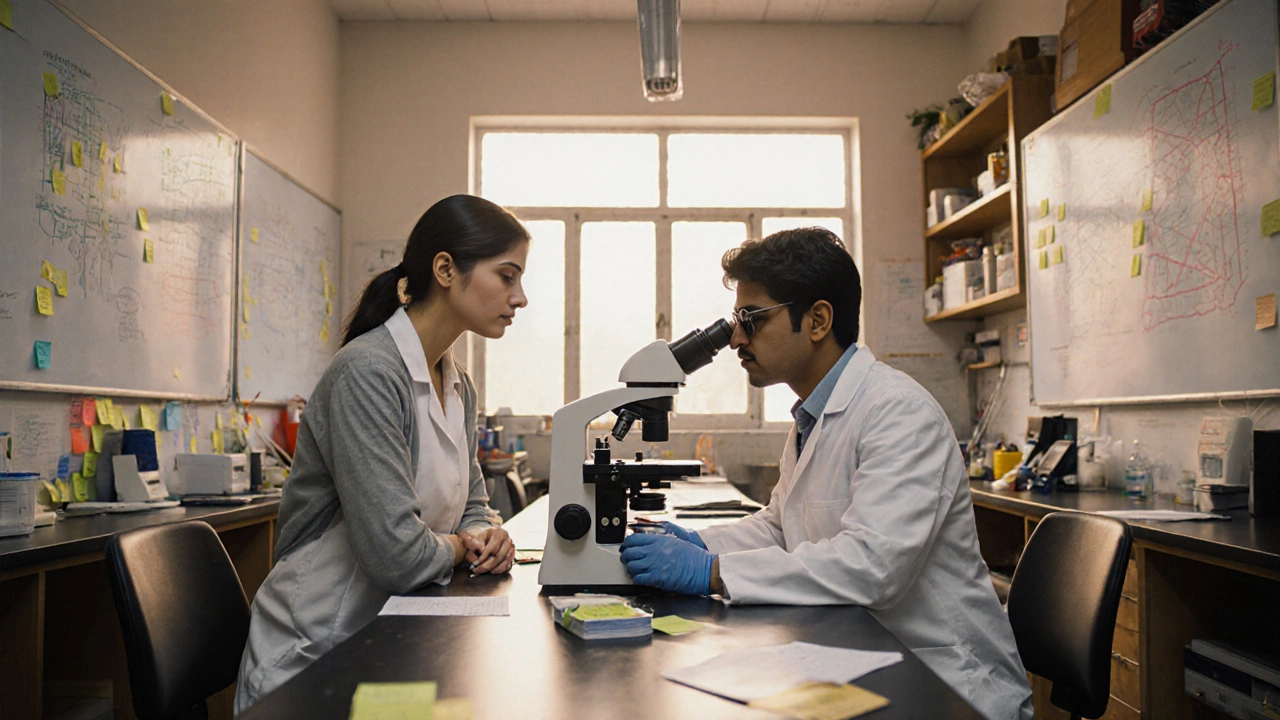International Collaboration in STEM: How Global Partnerships Drive Innovation in India
When scientists from India team up with researchers in Germany, Japan, or the U.S., something powerful happens: international collaboration, the joint effort between institutions or researchers across national borders to solve complex scientific problems. Also known as global research partnerships, it’s not just about sharing data—it’s about combining skills, resources, and perspectives to make breakthroughs faster and more practical. This isn’t theory. It’s happening right now in Indian labs working with global teams on everything from affordable cancer diagnostics to low-cost solar storage.
technology transfer, the process of moving research from labs to real-world use only works when it’s built on trust between countries. A vaccine developed in Pune might need regulatory approval from the WHO, manufacturing support from a Dutch firm, and field testing in Kenya—all coordinated through international collaboration. The same goes for research funding, financial support for scientific projects that often comes from multinational agencies. Grants from the EU, U.S. NIH, or the Wellcome Trust don’t just pay salaries—they connect Indian researchers to global networks, tools, and markets.
What makes these partnerships stick? It’s not just money. It’s shared goals. Indian teams working with NASA on satellite data for crop monitoring. Biotech startups in Bengaluru licensing CRISPR tech from U.S. universities. Engineers in IITs co-designing wind turbines with Danish firms. These aren’t one-off projects. They’re ongoing relationships built on mutual benefit. And they’re changing what’s possible. India’s clean energy growth? That’s partly thanks to shared solar tech from Germany. India’s public health programs? Many used lessons from Brazil’s vaccination campaigns or Australia’s disease tracking systems.
International collaboration doesn’t mean giving up control. It means gaining access. A single lab in India can’t afford a particle accelerator, but it can join a global network that shares access. A small biotech firm can’t run global clinical trials alone, but with partners in Canada and South Africa, it can. This is how innovation scales—through connection, not isolation.
Below, you’ll find real stories from Indian researchers who’ve navigated these partnerships—what worked, what failed, and how they turned global ties into local impact. No fluff. Just what’s happening on the ground.




